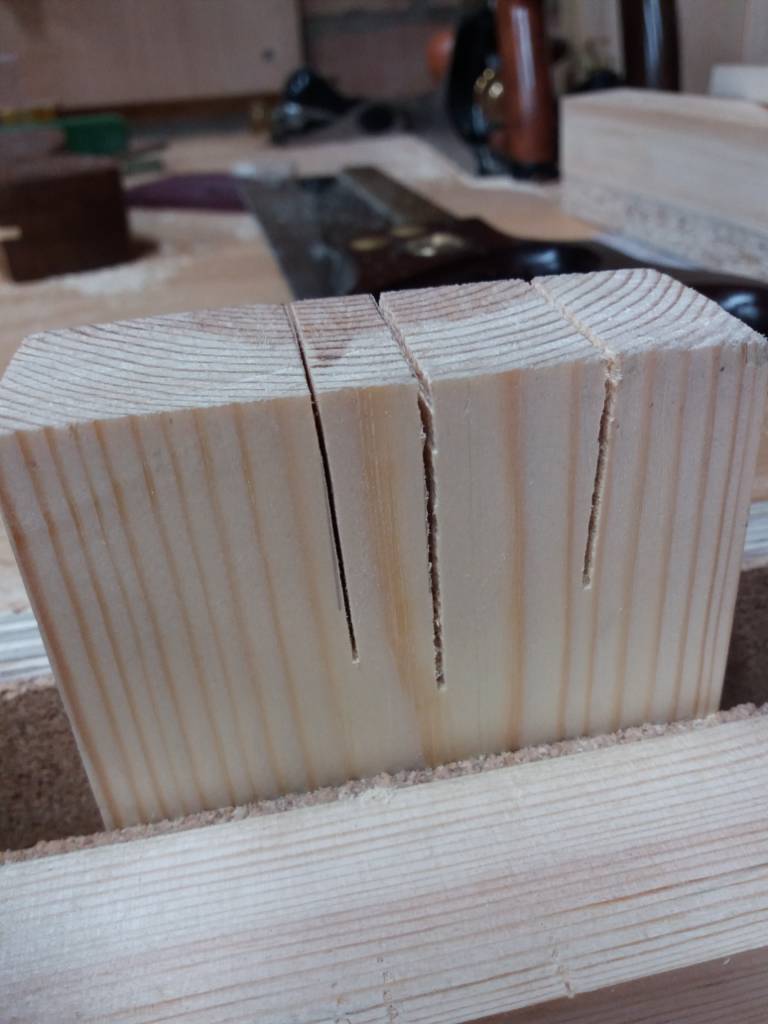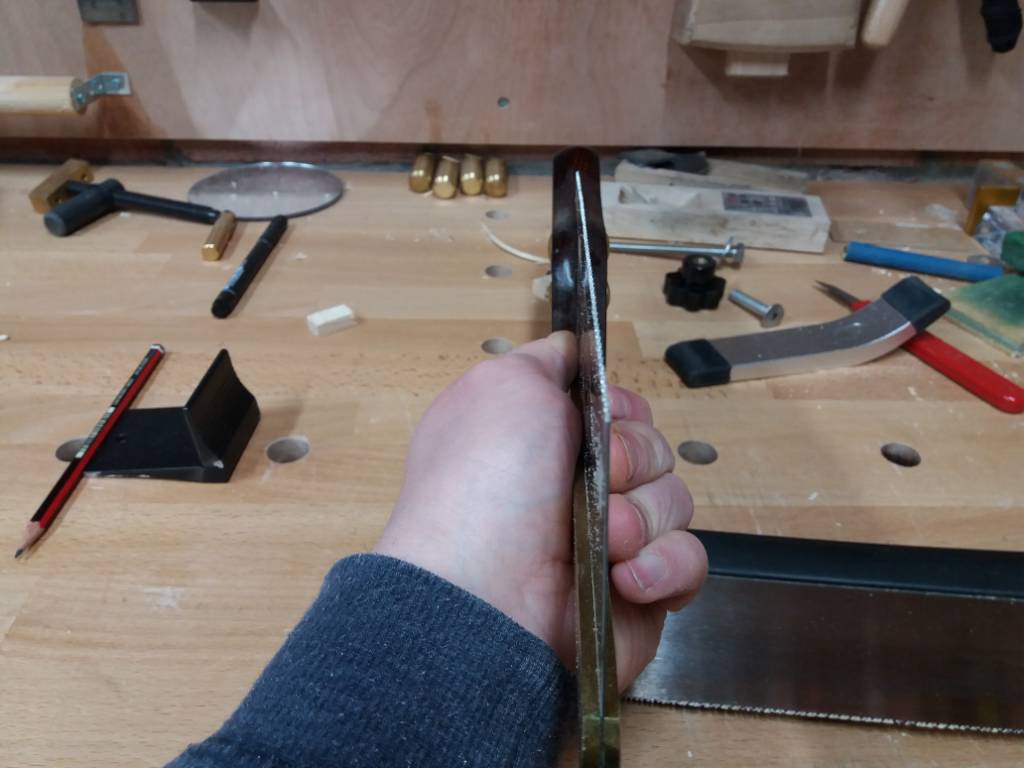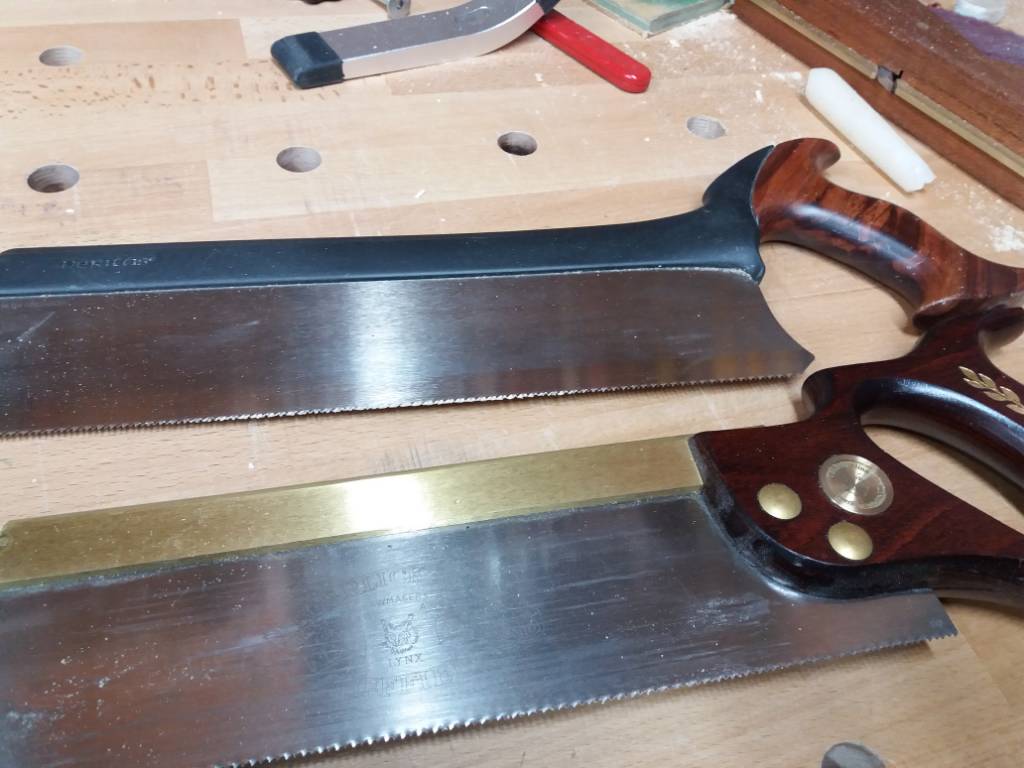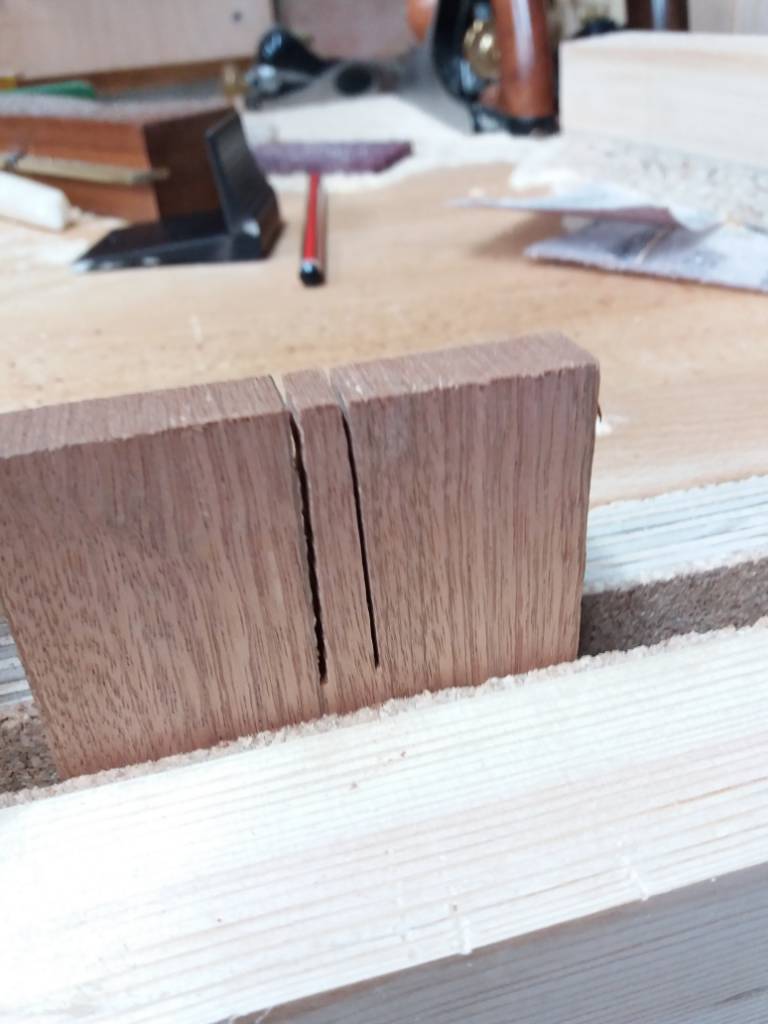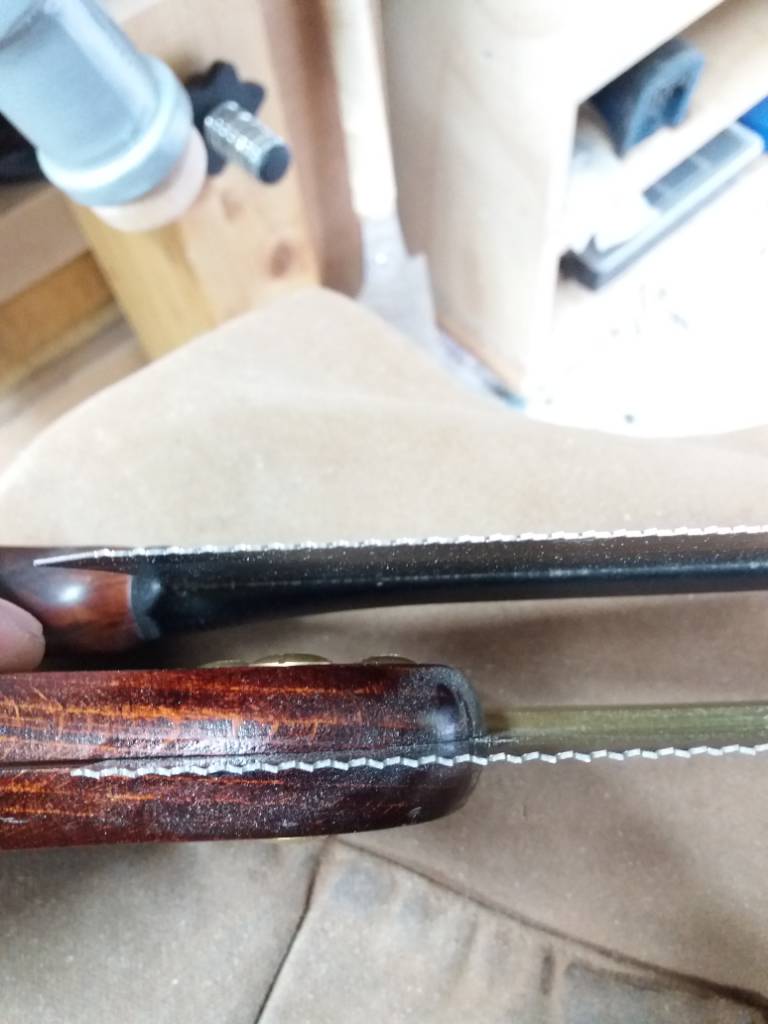Two methods that have worked for me.
1. Squeeze teeth in vice jaws. Make sure the jaws are smooth and hard. Cast iron probably isn't hard enough - ideally, it needs to be harder than the saw blade. You don't need the paper, the springback (elasticity) in the metal will leave some set both sides, which is what you're aiming for.
2. Place saw held horizontal with teeth on a hard, flat surface, and gently hammer all along side of toothline with a smallish hammer - say 8oz or so. Turn over and repeat. The hammering does need to be gentle - you're just trying to induce a little bending, not flatten or extrude the steel. Try hard to hammer each tooth evenly, but if one or two teeth escape treatment first try, treat that area again.
In either case, it's probably wise to check the rake angle the saw was supplied with. If you're new to rip cut saws, rakes near zero can be hard to start. if the rake is near zero, try to support the saw in starting such that you just glide the teeth onto the workpiece very gently, like bringing a plane in to land. Once a kerf is started, then relax the grip and allow the weight of the saw to do the work.
Hope that helps - that should be a perfectly good saw, but it just needs a little bit of tuning before it'll work really well.
(PS - Nice cat! Has he or she got you trained, yet?)
 its quite hard to start and leaves a really messy line.
its quite hard to start and leaves a really messy line.